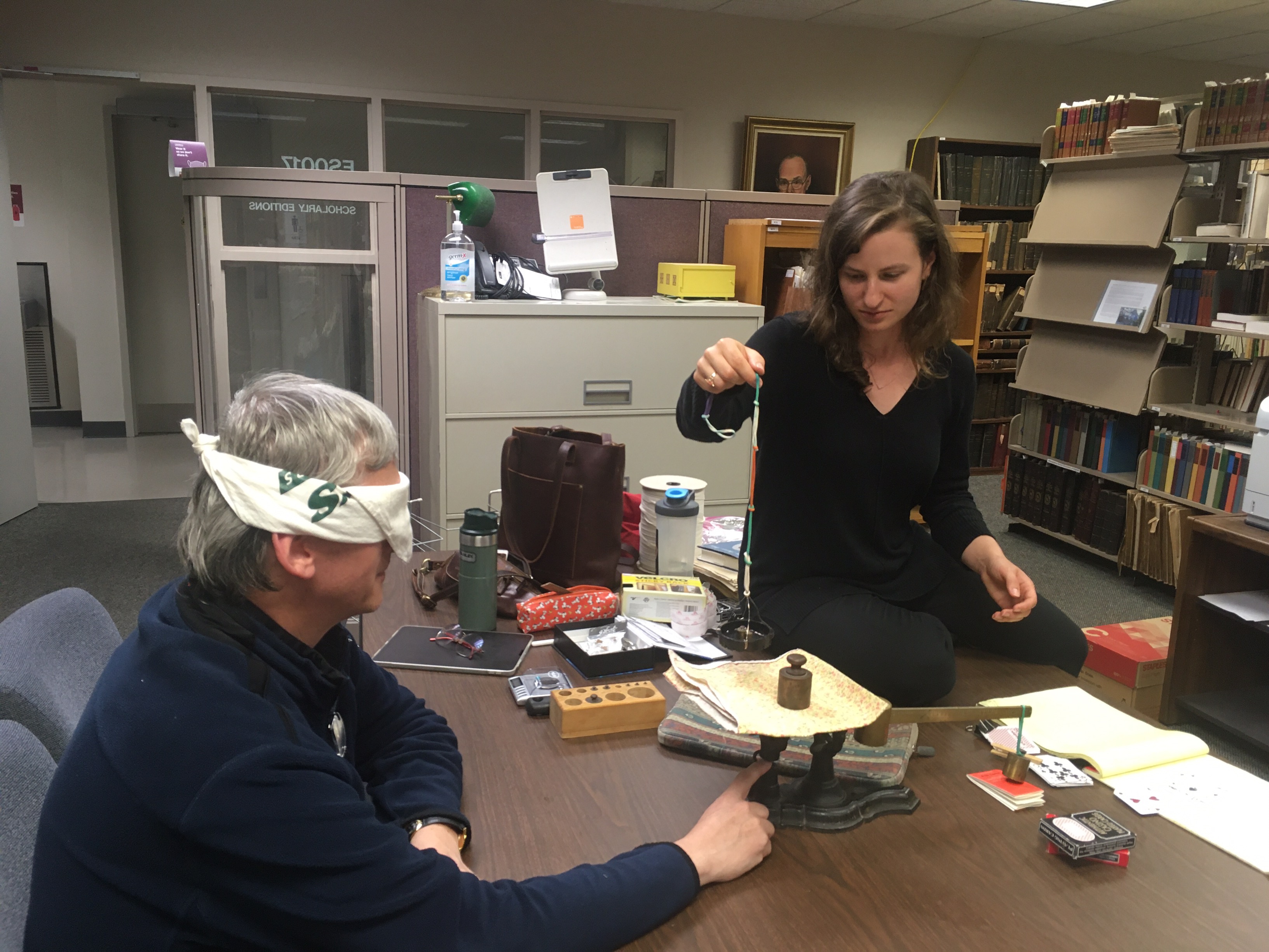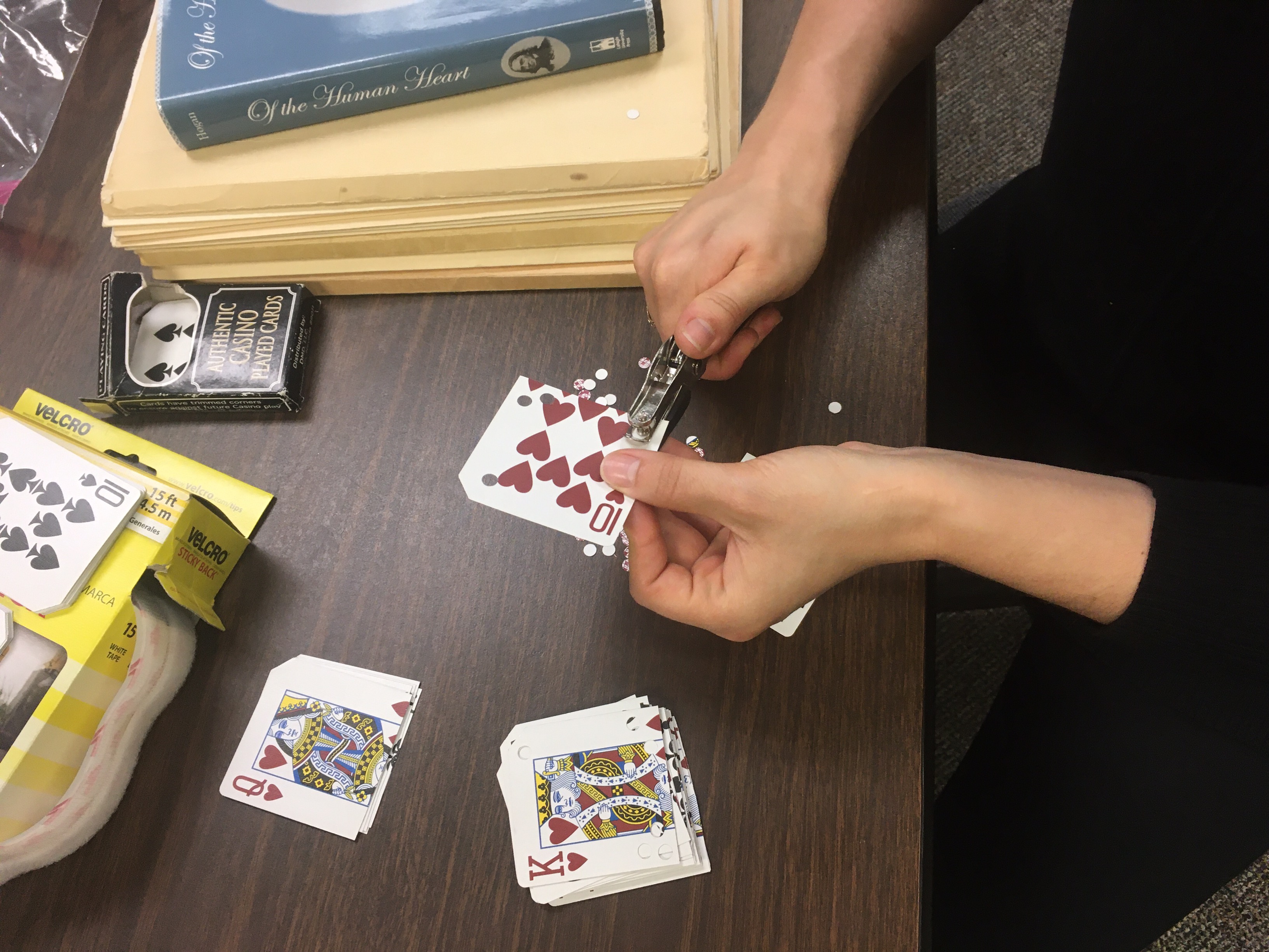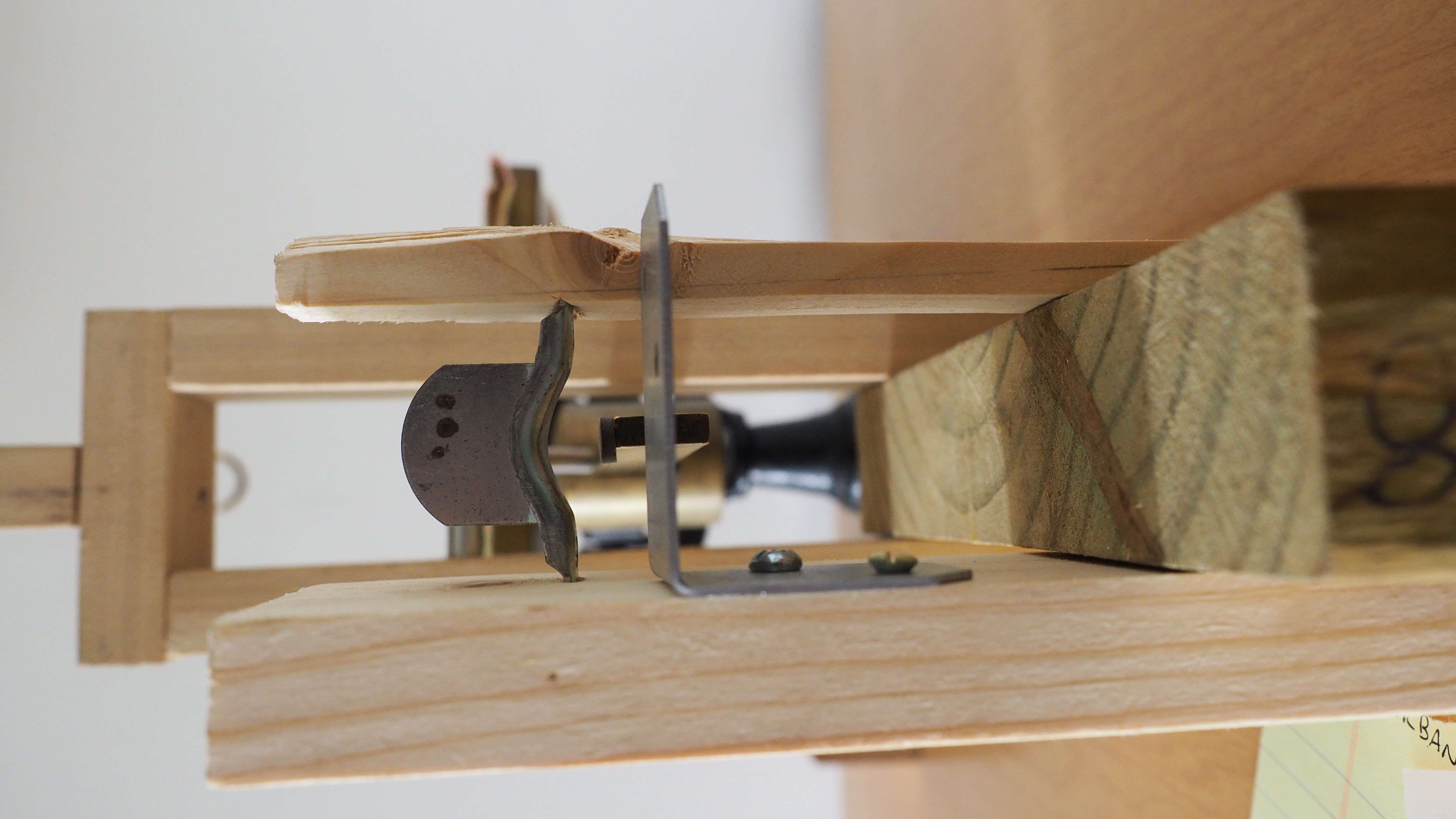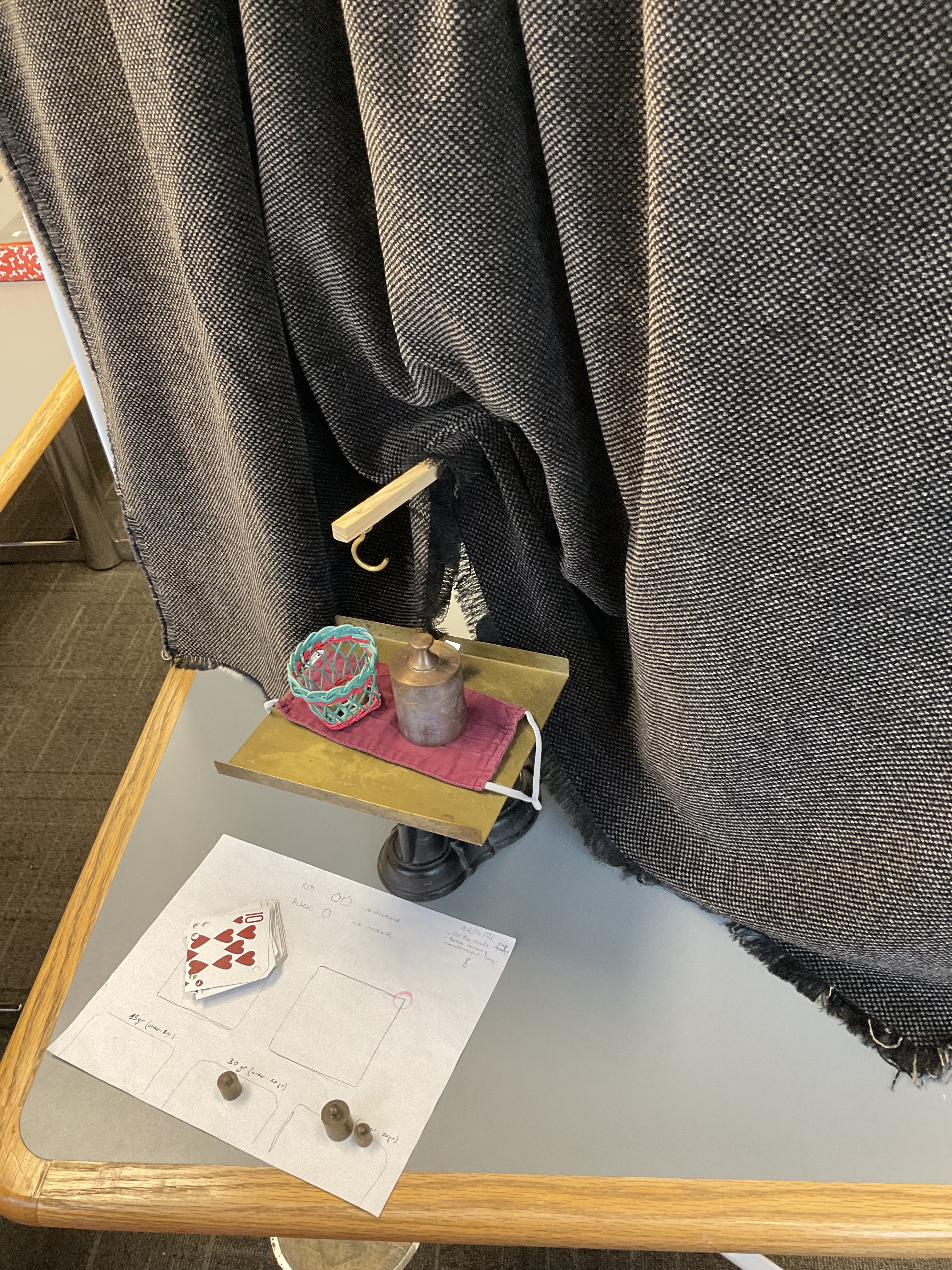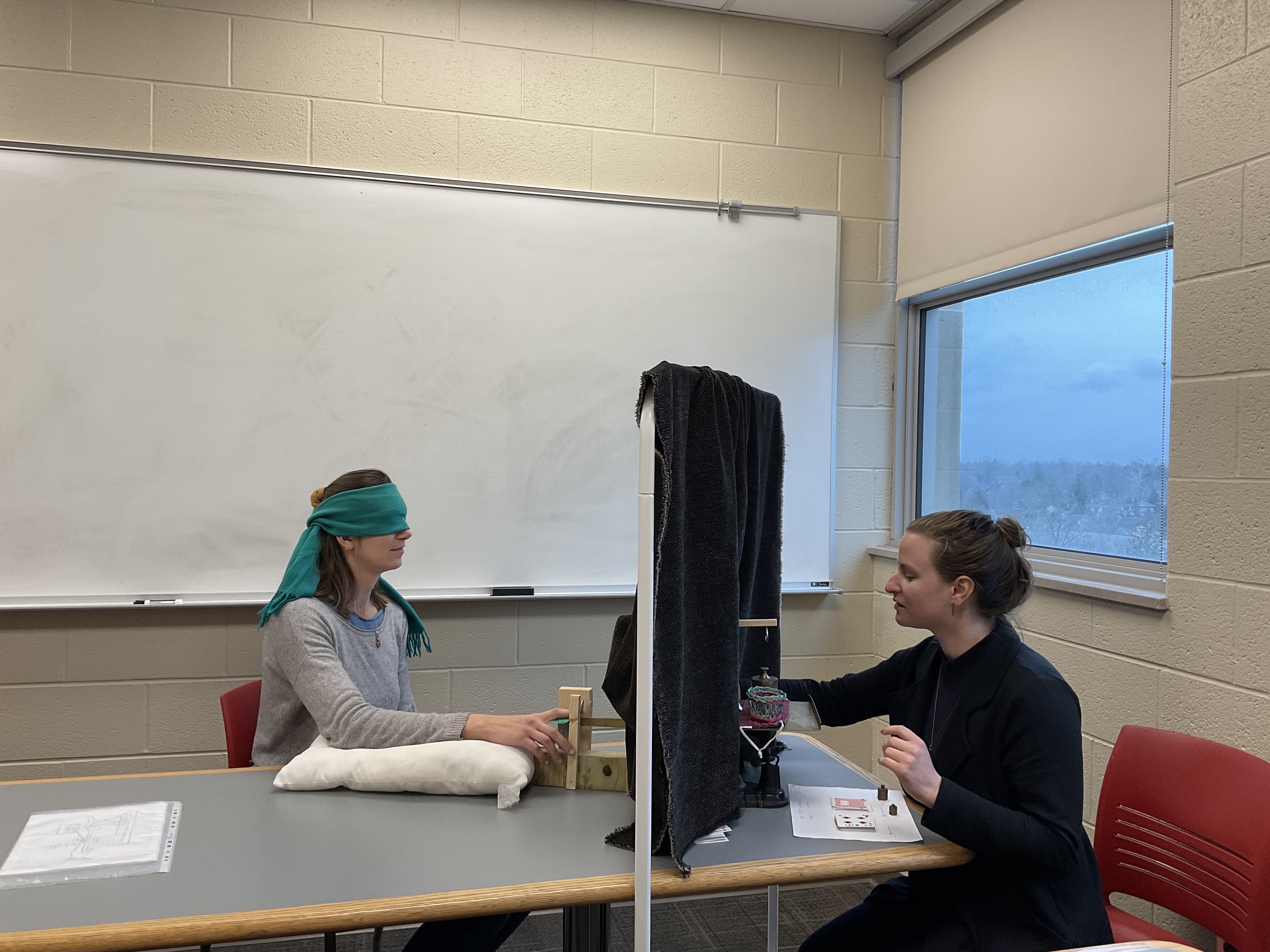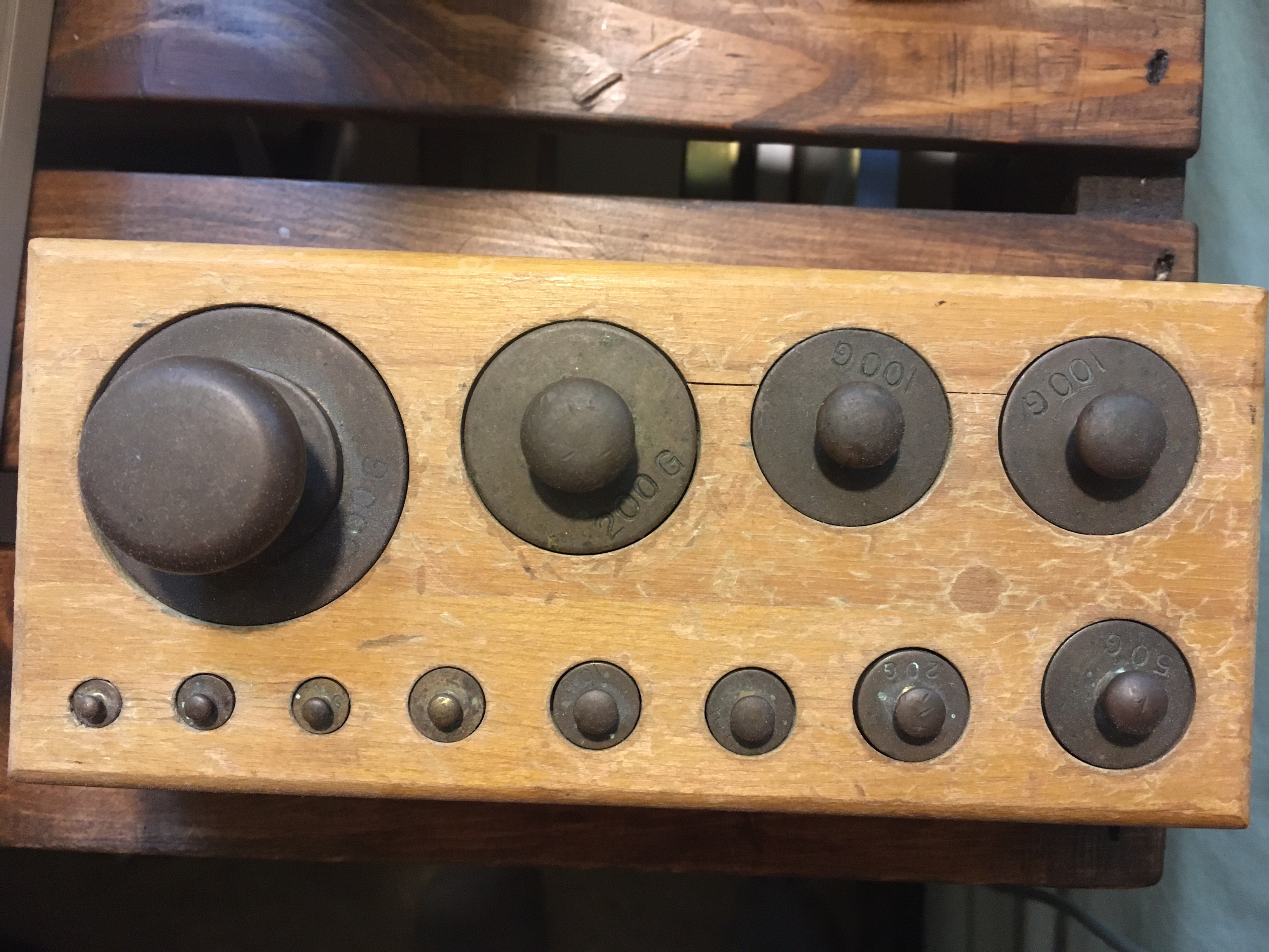Collaborations
When Standard Measurement Meets Messy Genitalia
with science journalist Merlin Wassermann
This project, “When standard measurement meets messy genitalia: Lessons from 20th century phallometry and cervimetry” combines my research in the history and philosophy of cervical measuring with Merlin Wassermann’s research in the history of phallic measuring. We wrote about how and why these non-standard measuring practices were never resolved into a single standardized method throughout the twentieth century in our paper in Studies in History and Philosophy of Science.
We also presented on this topic in collaboration with Caterina Schürch, Kärin Nickelsen, and Jutta Schickore at the 2021 meeting of the International Society for the History, Philosophy, and Social Studies of Biology (ISHPSSB), winning the Interdisciplinary Organized Session Prize. Watch our presentation in the video below.
Historical Replication of 1885 Experiment Measuring Pressure Sensation
with historian and philosopher Claudia Cristalli
Dr. Claudia Cristalli and I reconstituted C. S. Peirce and Joseph Jastrow’s pressure sensation experiment described in their 1885 paper, “On Small Differences of Sensation.” We constructed an instrument which functionally resembles their “adapted postal scale,” and recovered the method of how (and why) they recorded and analyzed their data using playing cards adapted to both randomize cues and collect data in smooth, quiet physical motions. We performed the experiment on ourselves over 600 times to form a sample of data. We then performed statistical analyses on our data to further uncover the reasons for their experimental set-up, method, and techniques. Read about how this empirical work contributes to a deeper understanding of psychophysical experimentation and theories of measurement in our paper published in Nuncius.
Antenatal Outpatient Relative Value Units and the Economic “Solution” at the Heart of a Maternal Care Problem
with maternal health researchers Ellen Tilden and Steve Calvin
We connect the history of prenatal appointments in the 20th century, shaped by insurance and Medicaid reimbursement structures, to investigate the medical evidence (or lack thereof) which led to the current time standards that dictate the duration of face-to-face care pregnant people receive in the US. We show that “relative value units” (RVUs) and bundled reimbursement models have inadvertently placed constraints on care, which in turn shapes the kind of observational evidence we can produce about what impact that appointment duration has for pregnant people in already underserved populations.




